The US stance on the East Sea conflict (internationally known as the South China Sea), announced by Secretary of State M. Pompeo on July 13 on the occasion of the 4th anniversary of the ruling of the Permanent Court of Arbitration (PCA) in the dispute between the Philippines and China, rejected China's claim to historic rights in the East Sea.
Washington accused Beijing of using bullying measures to infringe on the sovereignty of Southeast Asian states in the East Sea, replacing international law with 'truth belongs to the strong' thinking and called for the establishment of a coalition protecting international law.
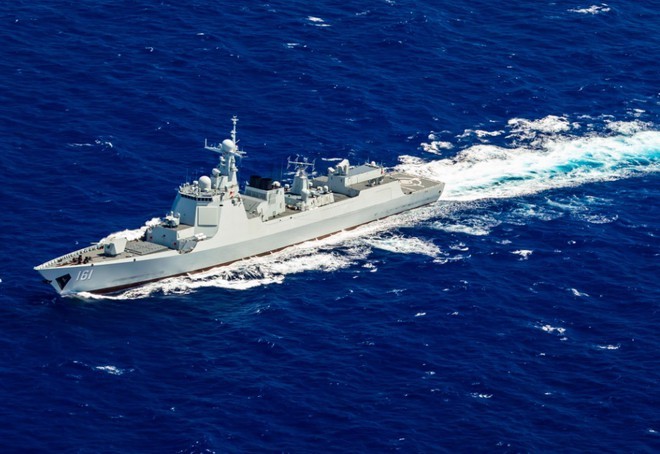 |
|
A Chinese warship maneuvers in the East Sea. Photo: Chinamil
|
China's Vice Foreign Minister Le Yucheng said that the United States was sparking ideological confrontation and reviving the Cold War in the 21st century, reviving the specter of McCarthism. He argued that China has no room to back down on issues related to "core interests and national dignity".
China has increased the number of exercises. For the first time in history, the country conducted four drills in both the East and East China Seas in August. In the waters of Hoang Sa (Paracel) Islands alone, it has organized two major drills since July. On August 18, China, for the first time, deployed H-6J bombers to Phu Lam (Woody) Island, part of Vietnam’s Hoang Sa Archipelago.
On August 26, the South China Morning Post wrote that the Chinese army launched two ballistic missiles called "Carrier Assassins" to the East Sea to deter the US when the country sent two aircraft carriers and dozens of warships for a freedom of navigation operation (FONOP) campaign in the East Sea.
Earlier, the Chinese military also beamed dangerous military-grade lasers on US Navy aircraft that were flying freely over waters beyond countries' territorial waters.
These drills and missile launches are believed to be the Chinese military's declaration of readiness to respond simultaneously on all fronts of Taiwan, East Sea, and East China Sea and win challenges.
The exercises and the use of coast guard vessels to harass oil and gas exploration areas on the continental shelf of Malaysia, Vietnam and Brunei are also aimed at deterring countries in the region from supporting the US. According to the East Sea Chronicle Initiative, every three days, a Chinese vessel approached Vietnam’s block 06.1 once with the closest distance to the Lan Tay oil rig of 2-5 nautical miles.
The US strives to restore its position
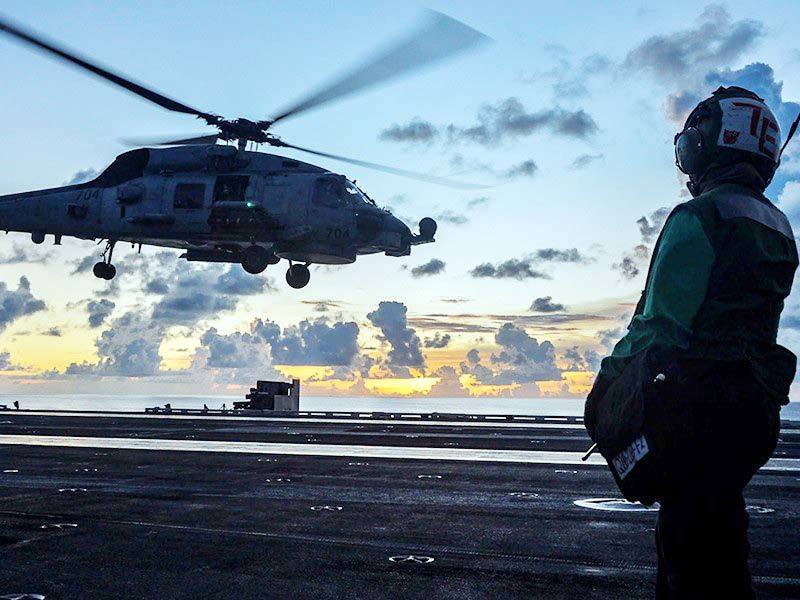 |
|
A helicopter takes off from an American carrier in the Philippine waters. Photo: Reuters
|
The US side argued that China's actions were contrary to its commitment to not militarize the East Sea and the US vision of a free and open Indo-Pacific. The tit-for-tat actions of the US and China have aroused concerns about a new Cold War and even a hot conflict in the near future, especially before the US presidential election in November.
The strategy of "constructive engagement" with the illusion of China "peacefully rising" as a model of "democratization", which has been implemented since President Nixon's time, has been shown as obsolete. China has followed its own path, which the US did not expect, to take advantage of the golden period of 50 years to be on a par with the US.
China's foreign policy has become more and more aggressive, making the US and the world distrust a peaceful developed China. The US-China competition will become increasingly fierce as the US seeks to restore its unique position that is challenged by China. China does not want to lose face in its backyard.
Analysts predict three scenarios for US-China relations: 1- China collapses; 2- the US gives in and accepts the Chinese sphere of influence; 3- the US accepts to coexist and compete with China for a long time on military, economic, political, and global fronts. Scenario three will be the most feasible.
Which side will win?
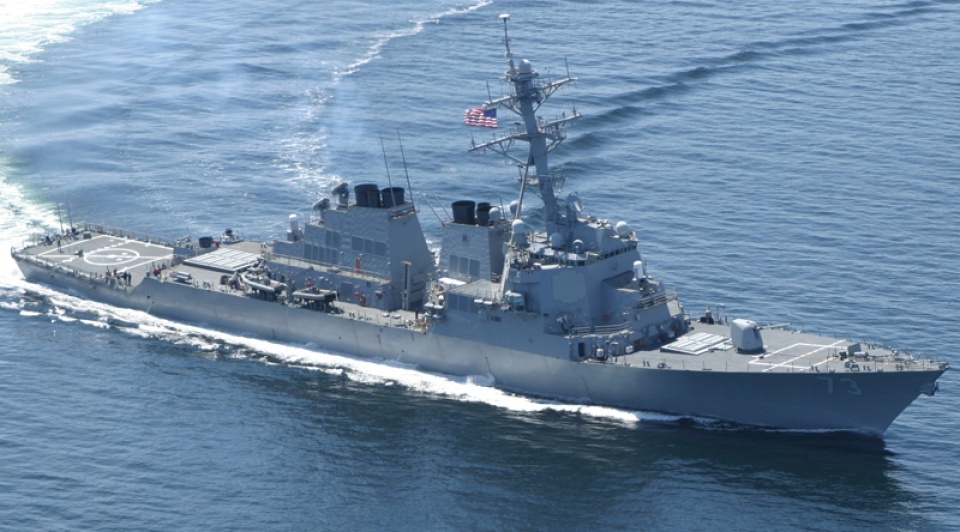 |
|
US warship. Photo: US Navy |
No country has a decisive victory in trade competition. China has a lower per capita income than the US, and the development of science and technology in many fields is not equal to that of the US, but its economy has better endurance than the US economy. China has a huge domestic market with nearly 1.4 billion people, four times more than the US population. The US and Chinese economies are more closely interdependent than expected.
The measures taken by the Trump administration against China also have a certain impact on the US economy as both stock markets are red. The US cannot prevent China from expanding relations with other countries and its integration into the global economy. However, the Chinese economy is still affected by US sanctions as its growth rate has slowed down and it may fall into recession, and face internal instability. And the dream of China would be far away.
Militarily, China has surpassed the US in the number of aircraft and warships. According to National Interest, within the next five years, the number of destroyers of the Chinese navy is likely to double, reaching 40. Currently, the Chinese navy has 360 warships of all kinds, compared with 297 ships of the US navy.
It is forecasted that by 2025, the Chinese navy will have a total of about 400 surface warships of all kinds and three to four aircraft carriers. But the quality of Chinese weapons remains in question. The launch of ballistic missiles into the Hoang Sa waters to deter the US Navy on August 26 did not seem to achieve the desired results when two missiles did not reach the sea and two others did not hit the fixed targets.
Meanwhile, if the US wants to win in a war with China, it must rely on the air force, but it lacks air bases and runways in the region.
Nguyen Hong Thao
To be continued…
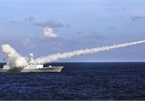
US condemns China’s firing of missiles in East Sea
The US Department of Defence has voiced concern about China’s recent decision to conduct military exercises, including the firing of ballistic missiles around Vietnam’s Hoang Sa Archipelago in the East Sea.
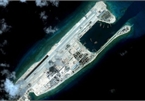
US sanctions Chinese firms, individuals for illegal construction of artificial islands in East Sea
The Bureau of Industry and Security in the US Department of Commerce announced yesterday that it added 24 Chinese companies to the Entity List for their involvement in the illegal construction of artificial islands in the East Sea.